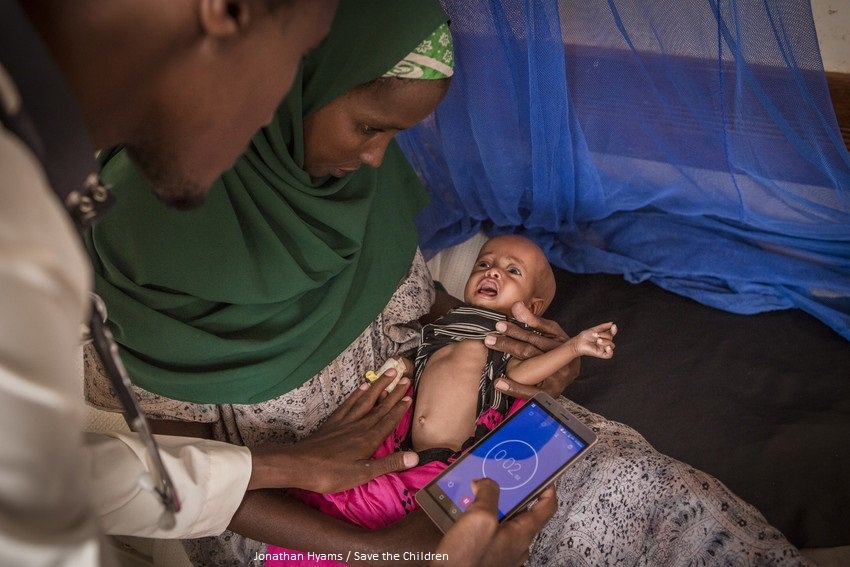Preventing Pneumonia to ‘Save the Children‘

Pneumonia has now taken over malaria as the most life threatening disease for children. According to a report by Save the Children, worldwide, “pneumonia kills two children under five every minute or almost one million a year.” The infection has killed 22,473 Kenyans in 2015 and up to 21,640 in 2014 the previous year. The report urges the UK government to support the Fighting for Breath campaign as well as other world leaders to come together in prioritising the prevention of the deadly illness.
Pneumonia causes infection in the lungs and symptoms include severe coughing, chest pains and high fevers. Although it can be common in adults too, over 80 per cent of the victims are children under two. It is most likely that their immune systems have become weakened by malnutrition and a lack of sufficient breastfeeding.
Vaccination has proven to be affective in saving the lives and reducing death toll. Although illness is extremely deadly it can be easily treated. The Fighting for Breath report states medication needed to treat pneumonia costs as little as 30p. However if the countries affected do not have support from the government, aid donors and pharmaceutical companies, gaining the medicine they need in their healthcare establishments becomes troublesome.
Only 60% of the healthcare facilities in Kenya, Tanzania, the Democratic Republic of the Congo, and Mauritania supply one of the key antidotes, amoxicillin. Save the Children is looking to immunise 166 million children under two and also aid mothers without access to healthcare. Babies are more vulnerable to illness in their first weeks of life so it is important their mothers receive the right healthcare. Poverty is the biggest fuel for maternal mortality. According to UNICEF “for mothers as well as for their infants, the risk of dying during or shortly after birth is 20% to 50% higher for the poorest.”
One of the Sustainable Development Goals to be reached by 2030 is to “ensure healthy lives and promote well-being for all at all ages.” This goal will not be met if urgent action isn’t taken now and Due to lack of progress there will still be more than 700,000 deaths from disease hindering the UN’s goal drastically.
The Save the Children report has placed emphasis on the government and world leaders to unite and also suggested ways in which the public can help support the cause.
Taking place on 27-28 February 2018 in Nairobi, the Aid & Development Africa Summit presents an opportunity to explore innovations and best practice in disease prevention. Expert speakers including Cynthia Mwase-Kasanda, Head of the Africa and Middle East Department at Global Fund and Charles Gerhardt, International Project Manager at Regional Centre of Excellence for Vaccine, Immunisation and Health Supply Chain Management will provide an update on regional health programmes and collaborations. They will share insights and ways to leverage local innovation and engage key stakeholders in order to enable access to crucial health care services in East Africa.
The Aid & Development Africa Summit 2018 will bring private sector companies together with NGOs and government representative’s investors to network and to encourage cross sector collaboration and partnerships to advance progress towards health SDGs in East African countries. For more information, visit the Aid and Development Africa Summit website.
Picture Credit: Jonathan Hyam/Save the Children















